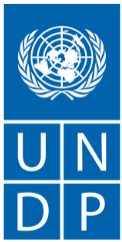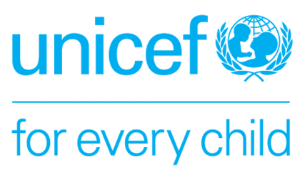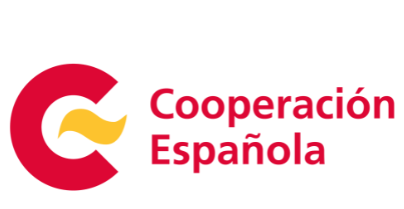Rankingfirst is usually a cause for celebration, but not for the town of South Upi.“Back in 2012, we were number one—in malnutrition, in the whole province ofMaguindanao,” said Engineer Renato Sarikit, who heads the Municipal Planningand Development Office there.
South Upiis a south-eastern town in Maguindanao province, which belongs to theBangsamoro Autonomous Region in Muslim Mindanao—a region that has historicallyranked as the Philippines’ poorest. People ride horses or walk long hours fortheir daily affairs. To get to school, for example, “pupils need to walk atleast three kilometres and cross at least one river, come rain or shine. Mostof the time, they leave their homes with empty stomachs,” said Mr Sarikit.
The localSouth Upi government, with support from organisations, such as the UnitedNations Children’s Fund (UNICEF), provides children with nutritious food oncethey reach school. These school meals are often a lifeline for vulnerablestudents.
Forchildren below school age, South Upi invests significantly in field workers, knownlocally as Barangay Nutrition Scholars, to identify and monitor children whoare severely small and underweight, informing local agencies where nutritioninterventions are needed most and by whom. These and other strategies helpedreduce the town’s malnutrition rate from 17 percent in 2016 to only 1.7 percentin 2019.
“But ofcourse, we’re aiming to bring child hunger down to zero,” Mr Sarikit said.
Last year,the Government of the Philippines invited South Upi and a few other sub-nationalgovernments to test a tool designed to improve decision-making in earlychildhood investments. The tool is one of the first interventions prioritisedthrough the country’s integrated national financing framework (INFF).
The budgettagging tool will map out how much investment is needed for child-focusedprogrammes and where money is currently being spent. It will help localgovernments channel public finances towards ending child malnutrition andachieving other child-focused goals.
ForAttorney Maria Lourdes Fugoso-Alcain, Executive Director of the Council for theWelfare of Children, which spearheads the tool’s development, it will be alandmark for publicfinancing for children once all sub-national governmentsadopt the tool. “Thewealth of budget data captured from the tagging exercise will help localgovernments know which services children need the most, and how they canenhance the services they already provide, so they can truly fulfil the rightsof all children.”














